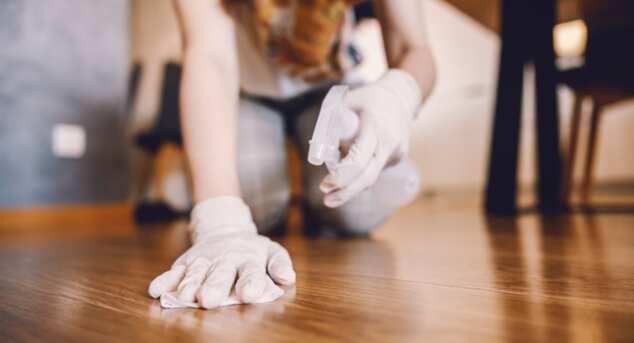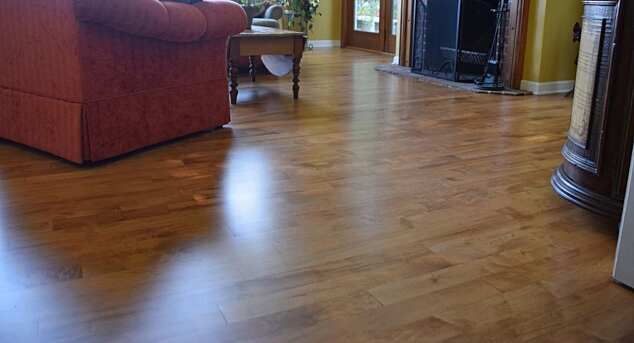Custom Handscraped Wood Floor
Posted by Aaron Schaalma

Posted by Aaron Schaalma

Protect your wood floors with the right cleaner. Learn how to choose safe, pH-neutral options that enhance beauty, prevent damage, and extend life
Posted
By Aaron Schaalma

Refinishing wood floors restores their shine, protects against damage, and enhances home value—revive your space with lasting beauty and style.
Posted
By Aaron Schaalma

Choosing the right hardwood floor goes beyond light or dark tones — each species offers unique beauty and performance. From the timeless versatility of white oak and the durability of hickory to the rich elegance of walnut and cherry, there’s a perfect match for every style and space. Explore your options with Signature Custom Flooring to find the hardwood that fits your home, lifestyle, and lighting perfectly.
Posted
By Aaron Schaalma